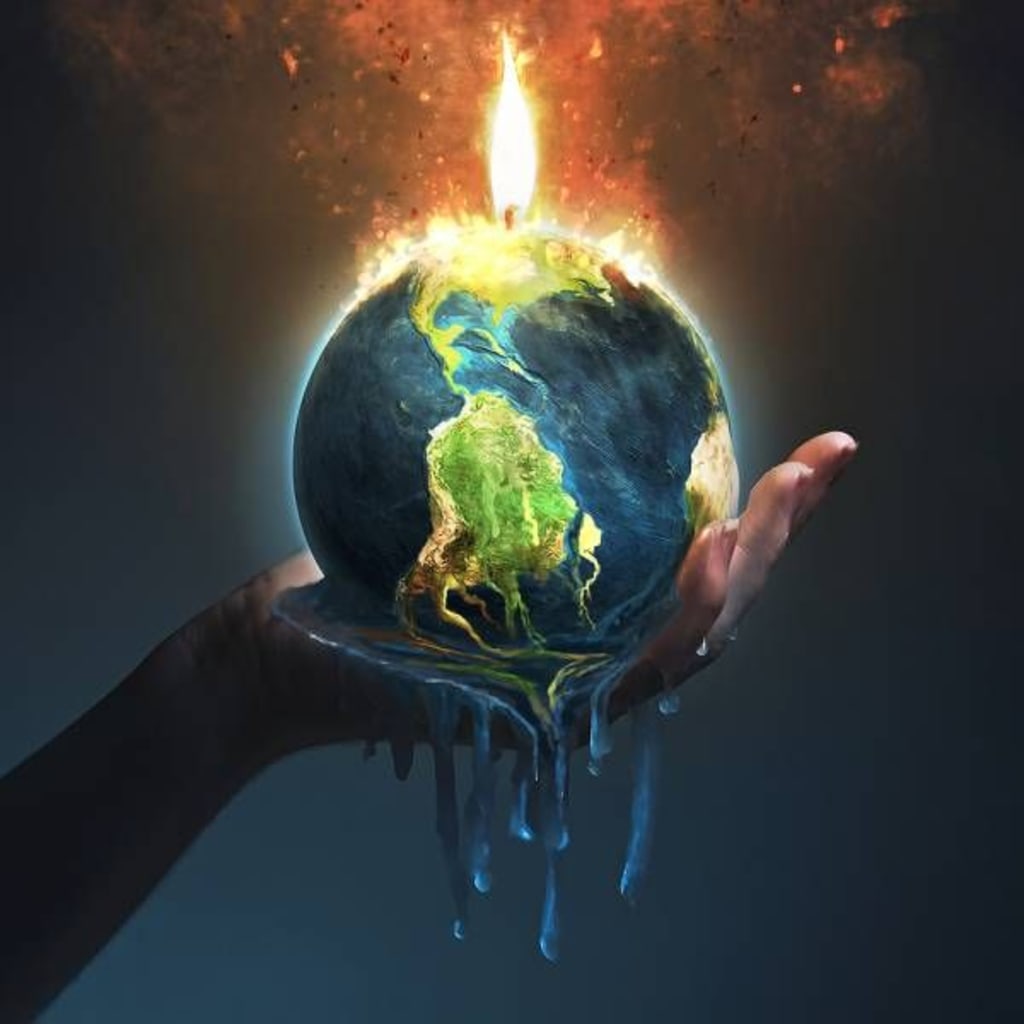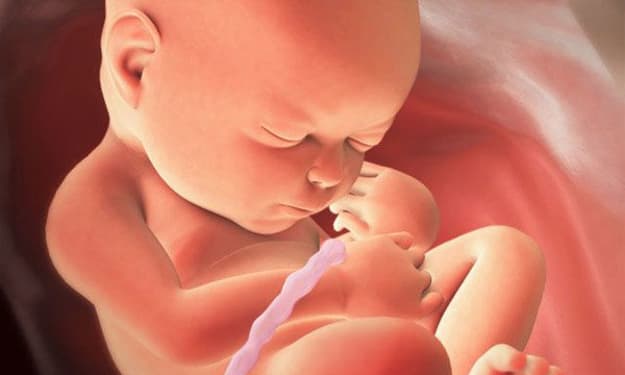OZONE LAYER
Why the Ozone Layer Has Faded from the Spotlight

The 1980s were an era defined by big hair, neon colors, and the advent of MTV. Yet amidst this vibrant cultural landscape, there was a stark and concerning reality:
"Every October, a troubling phenomenon unfolded as a hole appeared in the ozone layer over the South Pole."
"The gaping hole in the ozone shield equaled the expanse of the continental United States."
"The protective embrace of the ozone layer faced an unprecedented threat."
"The peril was universal, placing all of us in jeopardy."
Scientists sounded the alarm, warning that humanity was hurtling toward the complete annihilation of the ozone layer by the year 2050. The consequences of such a catastrophe were dire:
"Without the ozone layer, ecosystems would crumble."
"Rates of skin cancer would soar to unprecedented heights."
"The very fabric of life, as we knew it, would unravel."
However, today, we find a glimmer of hope as the ozone layer embarks on a journey of healing. In a remarkable display of global unity, the world joined forces to avert an environmental calamity.
So, how did we accomplish this feat, and what lessons can we glean from it?
The ozone layer encircles our planet like a protective belt, composed of gaseous molecules. This celestial shield shields all life forms by absorbing two distinct types of ultraviolet radiation emanating from the Sun. While formidable, it is also remarkably delicate.
In the year 1985, a disconcerting discovery was made. Scientists identified a massive depletion of ozone directly over Antarctica. A staggering 40% of this critical layer had vanished, creating what came to be known as an ozone "hole." Further investigation revealed that this hole emerged in the spring and ominously expanded with each passing year.
This revelation was a wake-up call of monumental proportions. It was not a distant, inconsequential issue; it was a pressing crisis of unprecedented magnitude.
Dr. Solomon, an atmospheric chemist, who, in 1986, led a group of scientists on a mission to Antarctica to unravel the mysteries behind the ozone hole.
"Guiding the research team was Susan Solomon, a promising atmospheric chemist hailing from Boulder, Colorado."
In the face of this peril, Dr. Solomon and her colleagues embarked on a quest to understand the cause of this menacing ozone hole. Their groundbreaking work would become a pivotal chapter in the story of how humanity rallied to protect the fragile shield that sustains life on Earth
When one disembarks from a plane in Antarctica, especially if it's their inaugural v
The ozone hole became a prominent theme in TV shows and movies, raising public awareness:
"It's those troublesome fluorocarbons; they've been harming the ozone."
This surge in public consciousness exerted immense pressure on global leaders to take action:
"We are gathered here today because we acknowledge the urgency of the situation."
This sense of urgency culminated in the Montreal Protocol, an official acknowledgment that worldwide emissions significantly eroded the ozone layer and posed threats to human health and the environment. The protocol outlined measures to curb ozone-depleting substances, offering assistance to developing nations for alternative technologies and substitutes.
Remarkably, every single nation eventually ratified the protocol, making it the sole universal treaty in history to achieve such widespread consensus. It stands as the most successful environmental agreement in human history.
Subsequently, the world's largest CFC producer initiated the phase-out of these ozone-depleting substances. Since the protocol's enforcement on January 1st, 1989, the use of such substances, including CFCs, has drastically declined. Today, over three decades later, the ozone hole has ceased its expansion and is gradually shrinking. By 2065, a complete recovery is anticipated.
However, challenges remain. Following the ban on CFCs, Hydrofluorocarbons (HFCs) emerged as a replacement. While HFCs do not harm the ozone layer, they are potent greenhouse gases contributing to climate change, currently the fastest growing contributor.
In response, in 2016, the Montreal Protocol was amended to incorporate HFCs, launching their phase-out. Nevertheless, HFCs represent just one facet of a larger issue.
"Climate change is an ongoing reality, with dire consequences looming unless we act."
"People are already experiencing suffering and loss."
"Entire ecosystems teeter on the brink of collapse."
"We face unprecedented and potentially irreversible changes."
"The incontrovertible truth is that human activity is responsible."
Addressing climate change, one of our most formidable environmental challenges, demands substantial solutions.
"The understanding and concern about the personal impact of climate change have now spread across most of the globe."
"The effects are tangible."
"We are actively pursuing practical solutions."
"The notion that we are powerless is a fallacy."
We must maintain our focus on the climate change issue, for it is through unwavering commitment that we will shape the environment we seek.
About the Creator
Enjoyed the story? Support the Creator.
Subscribe for free to receive all their stories in your feed. You could also pledge your support or give them a one-off tip, letting them know you appreciate their work.






Comments
There are no comments for this story
Be the first to respond and start the conversation.